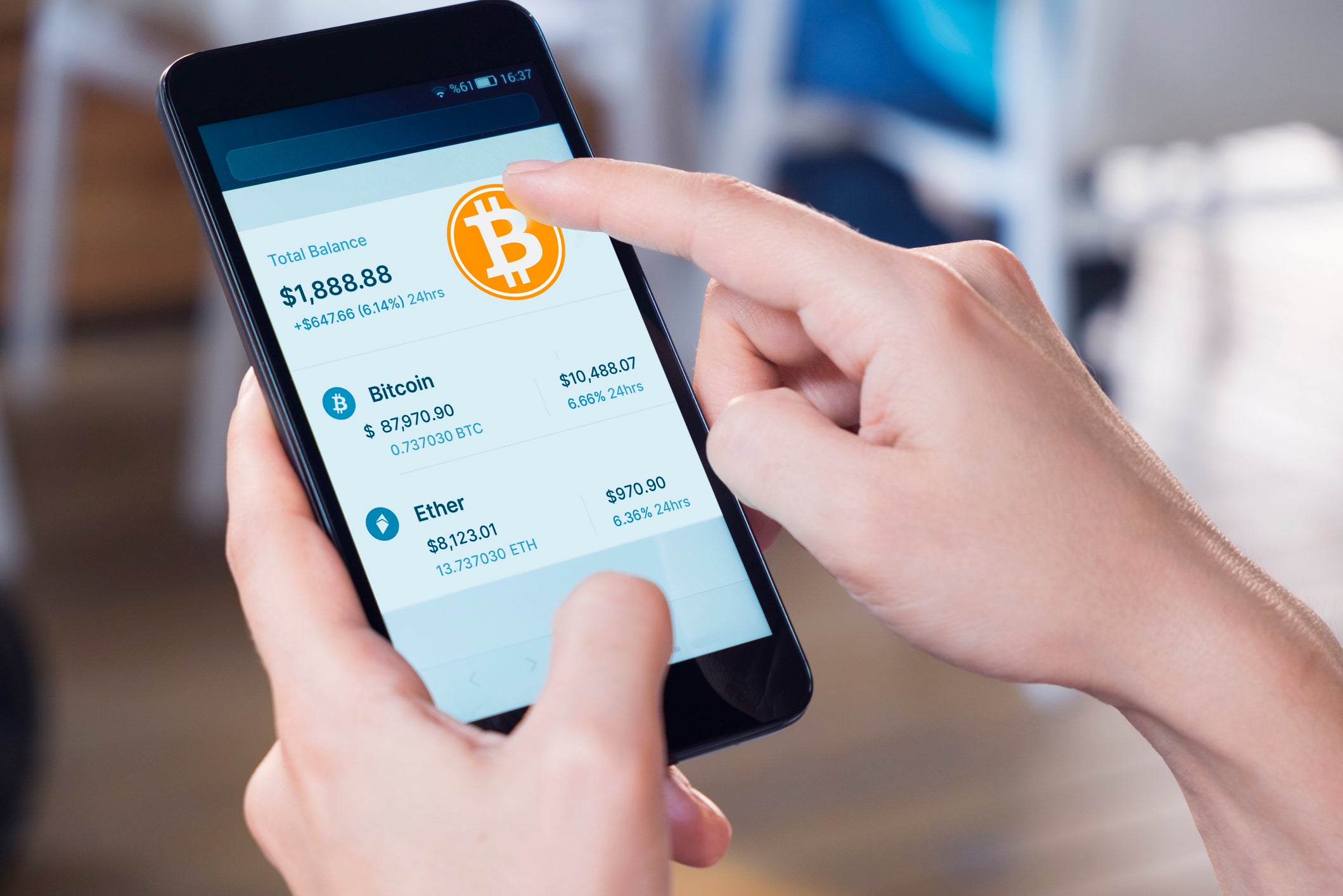
The cryptocurrency market has fallen off a cliff since peaking at nearly $3 trillion last November, as the entire industry’s value is below $1 trillion today (as of July 26). And Bitcoin (BTC 0.52%), the world’s most valuable digital asset, hasn’t fared well, either. The top crypto has shed 55% of its value in 2022 and now sports a total network value of $405 billion.
Inflation and recessionary fears are now consuming investors’ minds, scaring them away from riskier assets. But with prices down so much this year, is now the time to buy Bitcoin?
Bitcoin has incredible upside
On the heels of the Great Recession, Bitcoin was launched to the public in January 2009 by an anonymous founder, or founders, going by the name Satoshi Nakamoto. The goal was to create a global, decentralized, censorship-resistant form of money that isn’t controlled by any single authority. With the incredible levels of government borrowing, money printing, and quantitative easing that were about to start happening in 2009, the motivation behind Bitcoin is obvious.
Bitcoin’s most clear bull case rests on it becoming a legitimate store of value akin to “digital gold.” The estimated value of all the physical gold on Earth is about $12.5 trillion, so if Bitcoin can one day account for even half of that, there is a tremendous upside. Moreover, compared to the precious metal, Bitcoin is superior because the crypto is easily divisible, portable, and transactable, characteristics gold doesn’t possess.
And while many critics argue that Bitcoin hasn’t been an effective inflation hedge recently, it’s worthwhile to zoom out and focus on a longer time scale. Adopting this perspective paints a clear picture. Over the past five years, the price of an ounce of gold has increased 36%, while Bitcoin has soared 734%. So it’s not hard to figure out that the latter has done an exceedingly better job at growing purchasing power, despite its gut-wrenching volatility.
Many proponents also believe that Bitcoin will take the role of a global reserve currency one day. This idea might seem farfetched in developed countries with robust financial systems and payments infrastructure, like the U.S., but it makes more sense in poorer nations. In Turkey or Venezuela, for example, countries that have experienced hyperinflation, citizens might opt to store their wealth and handle transactions in Bitcoin.
But there are clear risks
The potential for monster financial returns is definitely on the table when it comes to Bitcoin, but this possibility is not without risks. Government intervention immediately comes to mind. Last year, China effectively made it illegal to own or mine cryptocurrencies. Although other major economies follow the same path, here in the U.S., regulators are taking a more supportive approach. Both the Fed and S.E.C. chairs have publicly said that they don’t intend to ban cryptocurrencies, a positive sign for the industry.
Then there’s the unlikely threat of a network or protocol failure. Bitcoin has never been hacked, and it has continued to operate virtually uninterrupted over the past 13 and a half years. Plus, the longer the blockchain stays active, the more likely it is to continue running seamlessly well into the future. However, if quantum computing, an advanced type of technology, is introduced on a mass scale, it poses a challenge. Quantum computing could crack Bitcoin’s encryption, which would allow malicious actors to steal crypto that isn’t theirs, undermining the whole system.
And lastly, the most obvious risk that many people miss is quite simply that Bitcoin falls out of favor with the investment community, as well as the unbanked population that this cryptocurrency is trying to help. Only time will tell what happens in this regard, but with Bitcoin continuing to gain mainstream coverage and interest, as well as a growing set of financial tools and services for its use, it seems likely that people will keep focusing on it.
Investors are now better equipped to weigh both the pros and cons of investing in this exciting innovation known as Bitcoin. With the price drop this year, now might be a good time to allocate a small portion of a well-diversified portfolio to the world’s top crypto.
